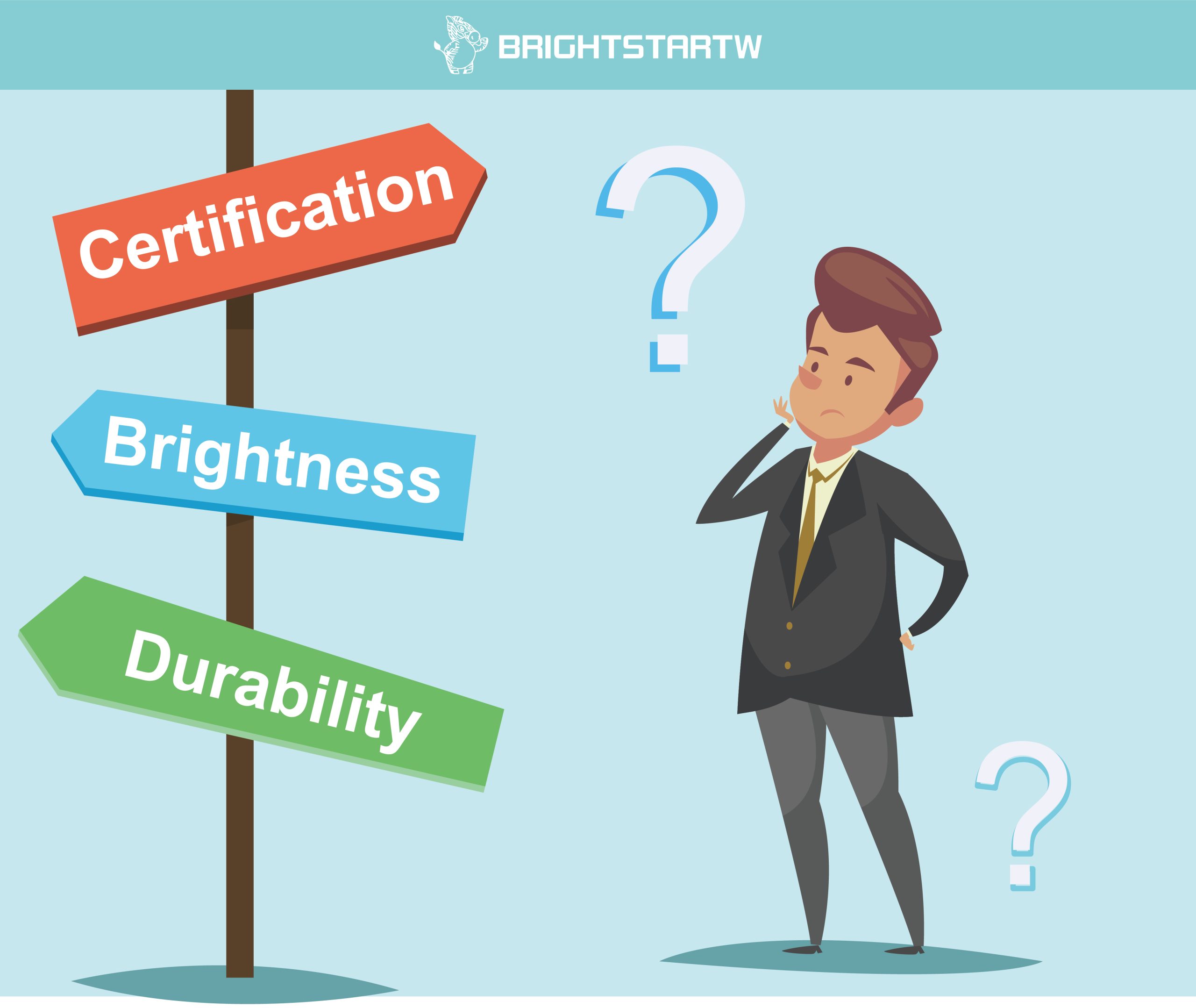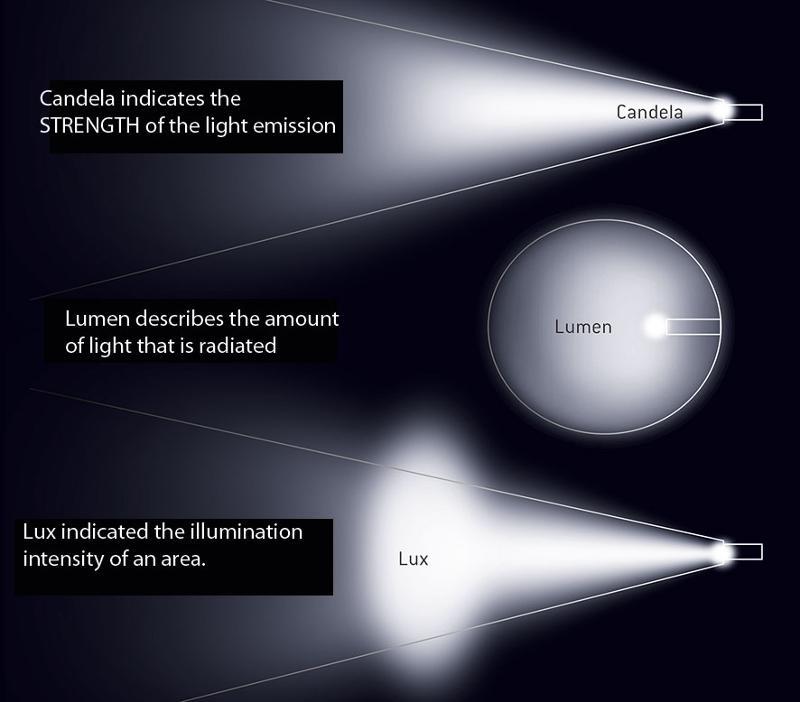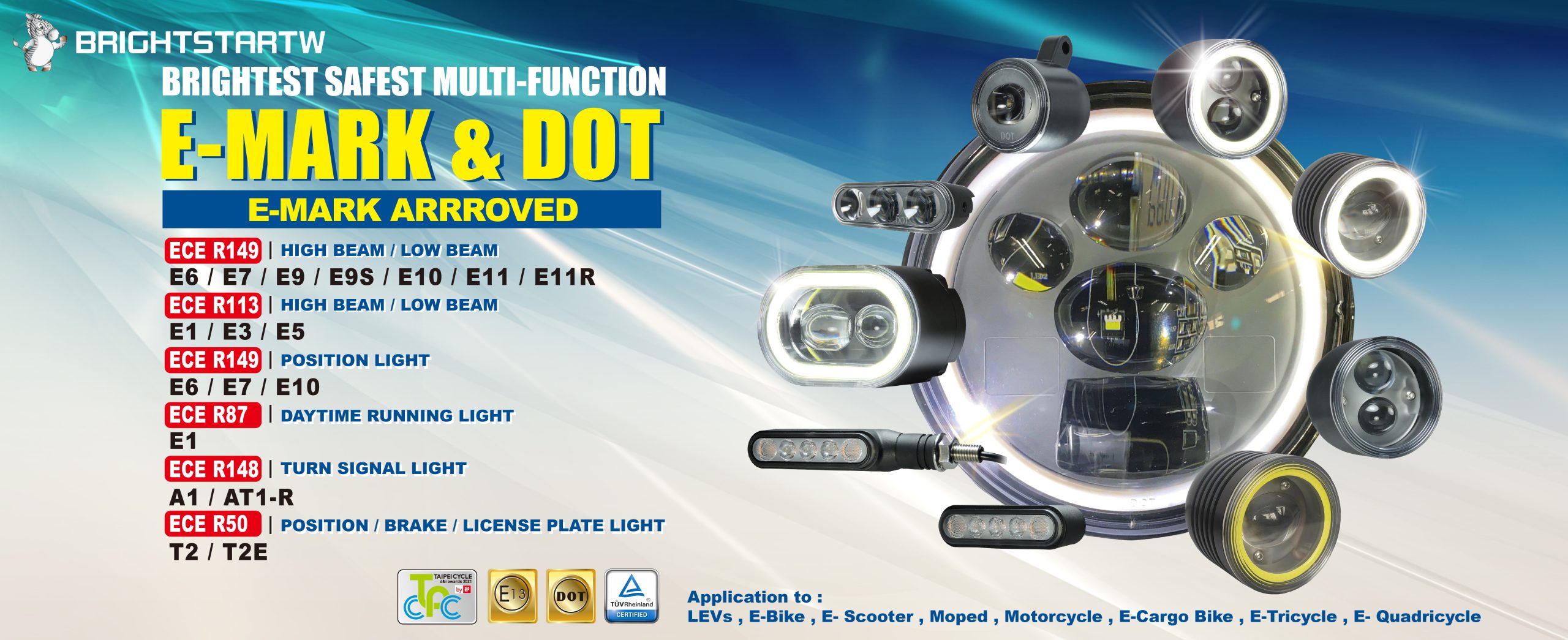e bike headlights with Certification :
What is the benefit ?
e bike headlights are Legal to Drive: Certified lights meet legal requirements and are allowed on the road.
Correct headlights Pattern: Certified lights have a properly designed light pattern that ensures effective illumination.
Qualified and Legal e bike headlights: Certification lights that the product is of high quality and trustworthy.
E-Mark Certified Lights and Super Low Wattage
Excellent Exclusive Design: Low-wattage certified e bike headlights are well-designed, offering more precise light projection and higher efficiency.
Energy Saving: Super low-wattage E-Mobility lights consume less electricity, saving electricity.
High Luminous Efficiency: Just as important, among certified BRIGHTSTARTW lights, low-wattage ones consume less power, moreover maintain stable lighting and visibility for a longer time.
Maintain Adequate Brightness
Stable Brightness While Driving:
e bike headlights must maintain sufficient brightness while driving to ensure driver safety (not just bright initially). LED lights may overheat and cause reducing power, but brightness (power) should stay above 65%.
Testing lights Brightness: To test the brightness, the lights should be turned on for over 60 minutes in an environment above 40°C.
Durability of e bike headlights
Ensuring Safety with Durable lights: Only durable e bike headlights are suitable for road use, ensuring the safety of drivers and pedestrians.
Regulatory Requirements: Regarding the durability of lights, the FMVSS108 regulations used in the U.S. require passing the following tests to ensure quality:
FMVSS / SAE / ASTM Standards:
● S14.4.2.3 Heat Test
● S14.5.1 Vibration Test
● S14.6.6.3 Temperature Cycle Test
● S14.6.9 Sealing Test
● Salt Spraying Test (ASTM B117-73)
Breaking the Following Myths and Reminders
High-power consumption lights do not really provide higher brightness; they may scatter light and be less efficient.
Choosing low-power consumption lights is more energy-efficient and safe.
Do not buy high-power consumption lights; they may appear bright initially but will dim over time, posing a danger to drivers.
Avoid untested lights to prevent future repair costs and reduced product lifespan due to durability issues.
Basically, E-MARK tests and measures the lights with the unit “candela (cd)” for luminous intensity in specific photometric distribution so it’s not easy to define or compare according to some luminous units individually.
Lumens: How much light is given off by the light source.
Candela: How intense the light goes towards a direction.
Besides, it does not mean “the lumen value higher the better” because it has a requirement of minimum and maximum value.
All things considered, E-marked light must emit in required and useful area. Otherwise, it’s a waste and meaningless for higher value in candela.
Above all, ECE regulation is strict to test and approve the lights for 2-3 wheels vehicle so it’s reliable light if your lighting vendor can submit a complete (not separate) and genuine E-MARK certificate.
Ref: What is the difference between cd/m2 lux and lumens ?
Image Source Website https://www.barco.com/
Conclusion
For e bike headlights manufacturers, lights and brakes are critical safety components.
At this point, using durable and certified lights not only ensures product quality but also reduces future customer complaints and warranty repair costs.




